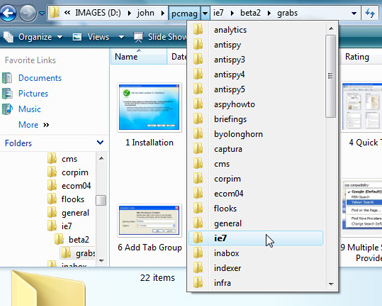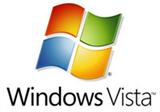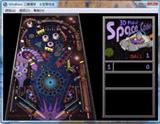Porting Vista's small features to XP - Daoqiang Blue
Similar to Flip3D and toolbar window preview, some features of Vista have been implemented on older versions like XP through third-party software.
QTAddressBar implements the breadcrumb navigation effect found in Vista. Breadcrumbs are a good improvement made by Vista in displaying paths in the address bar, as shown in the image above. Each directory on the address bar is a node that can be clicked to navigate to, or you can click the right arrow to view folders within that folder. After using it for several months, I find it very convenient.
The simulation of breadcrumbs by QTAddressBar is almost perfect, both in appearance and functionality. Single-clicks and lists work fine, clicking in blank spaces switches to address input mode, and manual address input with auto-completion works without issue.
The official website is likely inaccessible 80% of the time. If you don't want to go through the trouble, you can download it from here. It requires .Net Runtime.
Explorer Breadcrumbs also simulates breadcrumbs but its implementation is not as complete as QTAddressBar. For example, after moving the EB toolbar, some nodes disappear and only appear when the mouse hovers over them. Also, it doesn't integrate well with the XP theme - the font and color aren't very pleasing to the eye. Finally, in address input mode, Explorer Breadcrumbs lacks the automatic directory suggestions of the real address bar, which is an intolerable omission.
Of course, I still recommend QTAddressBar. If you set it up so that only QTAddressBar is visible and not Windows' own address bar, the effect is quite similar to Vista. The author also has another software called QTTabBar, which adds tabs to explorer and is also quite good. CyberNetNews has introduced it before.
Finally, someone might ask: if many useful small improvements from Vista are ported to XP, then from this perspective alone, is it still necessary to upgrade to Vista? Methods to resolve this doubt include: 1. Reviewing the code of Vista and XP to understand the different implementations of these features, which may change your opinion - though not everyone has the opportunity or need to do so; 2. A simpler approach, check out Ars' series of articles "Windows Vista: more than just a pretty face" and "Windows Vista: Under the Hood"; 3. Even simpler, try using and comparing them yourself to see clearly :-)




